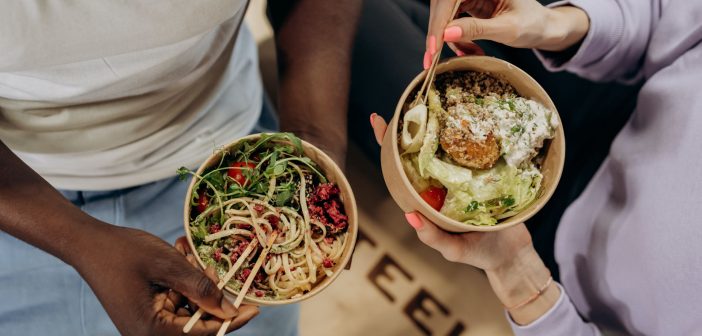Students notoriously have a bad reputation when it comes to making healthy eating choices. In the US it’s commonly referred to as the “Freshman 15,” meaning it’s expected that you’ll gain weight in the first year of university.(1) Here I want to break down why that might happen and what you can lean on to ensure that you’re making the healthiest choices possible, without having to miss out on the fun and social times. Let’s take a closer look into the challenges that drive eating habits and how they can be improved.
While most university students would agree that eating well is an important part of a healthy lifestyle, like so many of us they often struggle to do so. First time away from home, fending for yourself and managing a budget in the face of student deals, discounts and specials makes fast food, irregular meal patterns, and a low intake of vegetables and fruit a real challenge for students.(2)
Learning to make nourishing meals and having a balanced diet can feel impossible, but if you keep it simple and plan ahead, it is totally achievable. A quick Google search and so many recipes are available for you, but knowing what to choose can still be a challenge. I’m all for simplicity, but with lots of flavor, so I’ve got a couple of banging recipes here for you to add to your repertoire, and more on my website.
www.VanessaMarescialli.com
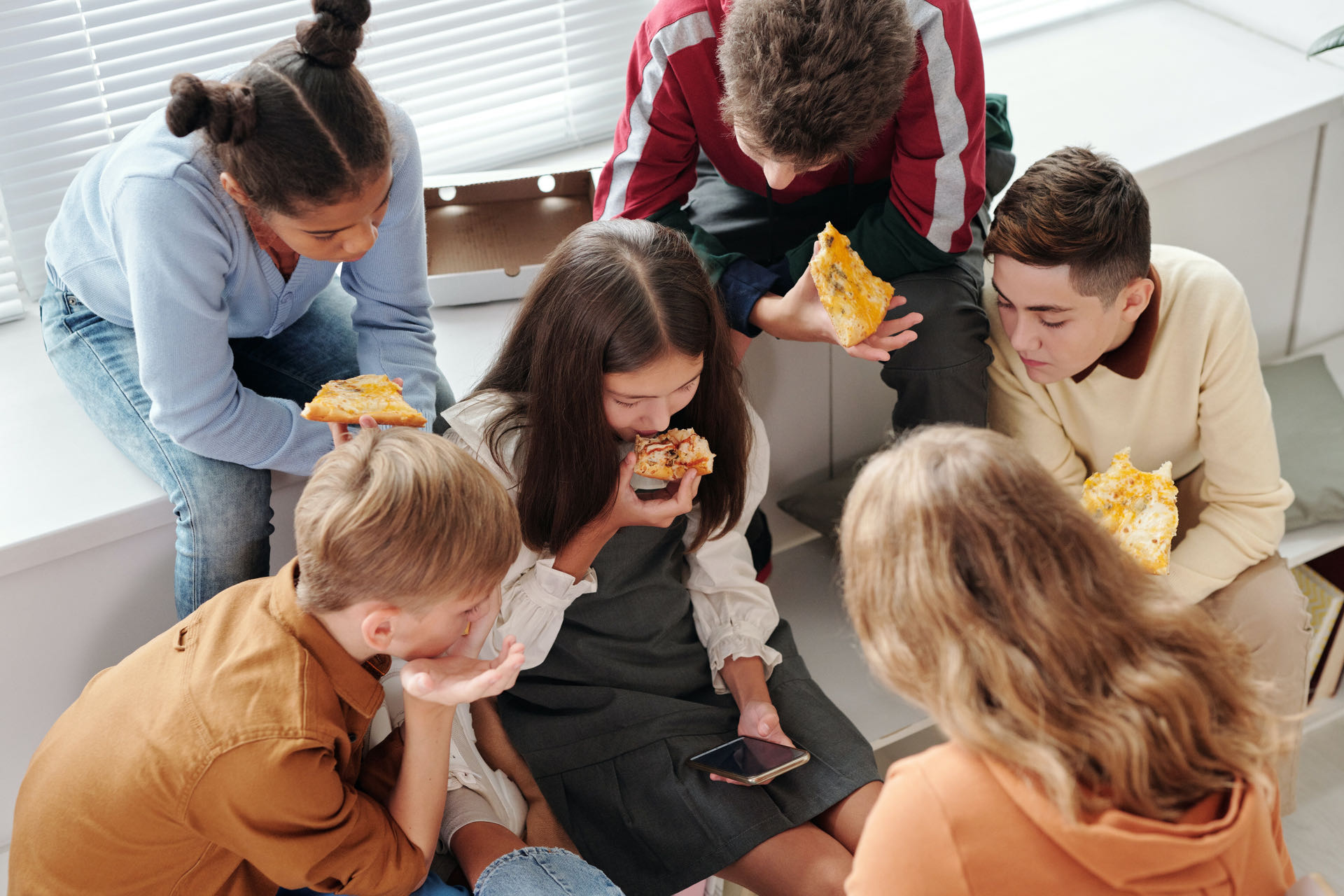 PERFORMANCE AND BRAIN HEALTH
PERFORMANCE AND BRAIN HEALTH
Protein forward
Entering university life can be quite daunting. The academic expectations level up and so it’s critical that you are taking in sufficient protein and healthy fats to support your brain’s continuing development and performance needs. Eggs are the only protein replete with all the essential amino acids and so easy to prepare. Boil them half a dozen at a time for the week ahead and you can slice them up for salads, mix in with tuna for a sandwich filling, or shove in your bag and peel for a handy on-the-go snack. Aim to have at least two portions of oily fish a week (e.g., salmon and mackerel or sardines) as this is such a good source of brain-boosting nutrients and omega-3 fatty acids. If you’re vegan, aim to include these plant-based alternatives daily: walnuts, flaxseeds, chia seeds, hemp seeds, edamame, seaweed, and algae.
Blood sugar balance
Whether you are busy with essays or exams, to improve your attention and focus don’t overlook this foundational principal to balance your blood sugar. Have a go at blunting the glucose spike by adding on protein and fats to your meals. For example, a breakfast of blueberry muffins would lead to a pretty significant spike in blood sugar. But having that muffin with a protein source like a serving of yogurt and nuts can prevent those dramatic blood sugar drops that leave you hangry and craving sugary foods. Eat regularly and don’t skip breakfast, so your energy remains balanced throughout the day. It can be tempting to power through on coffee and energy bars, but doing that on the regular will surely lead to overeating later in the day, as well as decreased energy levels.
Five a day keeps the doctor away
The hardest thing for people, but particularly students, is getting in enough vegetables. How you feel, your mood, anxiety and stress levels can all be connected to specific nutrient deficiencies, and ensuring that you have a broad intake of vegetables, fruits and whole grains will provide those building blocks. I encourage you to bring awareness to how you are feeling – your body will give you hints when you’ve been hitting the study (or partying) too hard and not fuelling in the most nourishing ways. Maybe you had three (or five, not uncommon in my uni days) coffees today and feel anxious. Or you have been consuming high-carb foods all day and still feel tired. Aiming to get in 30 different plants foods each week is an excellent way to keep your gut microbes working in your favor and stave off any imbalances that have been associated with poor mental health conditions such as anxiety and depression.
If 30 seems like a lot, it’s actually just five portions a day. Having at least five portions a day provides a wide range of nutrients that support every part of the body, including a healthy heart and immune system. An apple or a banana counts, as does seven strawberries, a couple of kiwi fruit and a generous slice of melon. For vegetables, half a stalk of leeks or four heaped tablespoons of spinach or kale will do, as will three of cauliflower, chickpeas or baked beans. Remember that spices and herbs also count, so it’s actually just looking at changing up what you’re eating each day or adding a couple of spoonfuls of seeds like sesame or pumpkin to your dish, whether that’s porridge or a salad.
TIME AND PLANNING AHEAD
Many students find managing their time and commitments the most challenging. The cost of fresh ingredients unfortunately is likely to be higher than the ultra-processed convenience foods that promise delicious and quick meals ready to go. These convenient solutions are great when you’re in a tight spot, but if you are heavily relying on these for sustenance, it won’t take long before the lack of nutrients starts to show. With the higher price point for healthy living, it can be really economical to get your like-minded house mates or dorm mates together, commit to doing a shared shop, and eating, say, two to three (pre-agreed number as nobody likes food waste) of meals together as a group. Like at home, you take it in turn with the washing up and cooking. With the added bonus of probably trying your friends’ home country style of cooking. Another major tip is to cook double and save the leftovers in the freezer for those late nights or when you’re shattered from a taxing day.
GOING OUT
Hanging out and going for pizza and burgers or late-night kebabs can feature quite heavily in some students’ lives. There’s no denying that social norms with regard to alcohol consumption have started to shift, with increasing numbers of students no longer excessively consuming.(3) The main thing to remember is simply not to overdo it, and to be aware that alcohol is associated with increased appetite, overeating and increased likelihood of choosing unhealthy foods.(4) Having a few beverages whilst you connect with friends and unwind from a busy week is great. But be mindful that alcohol burns through your magnesium and B vitamins pretty quickly. Hangovers tend to make people crave fats and carbs, so go for the greasy burger or fry up but add on a green veggie smoothie to ramp up your vitamin and mineral intake. It’s all about balance.
REFERENCES
1. Crombie AP, Ilich JZ, Dutton GR, Panton LB, Abood DA. The freshman weight gain phenomenon revisited. Nutr Rev. 2009 Feb;67(2):83–94.
2. Deliens T, Clarys P, De Bourdeaudhuij I, Deforche B. Determinants of eating behaviour in university students: A qualitative study using focus group discussions. BMC Public Health [Internet]. 2014 Jan 18 [cited 2023 May 1];14(1):1–12. Available from: https://bmcpublichealth.biomedcentral.com/articles/10.1186/1471-2458-14-53
3. Alcohol Consumption UK | Drinkaware [Internet]. [cited 2023 May 2]. Available from: https://www.drinkaware.co.uk/research/alcohol-facts-and-data/alcohol-consumption-uk#howmanypeopledonotdrinkalcohol
4. Lloyd-Richardson EE, Lucero ML, DiBello JR, Jacobson AE, Wing RR. The Relationship Between Alcohol Use, Eating Habits and Weight Change in College Freshmen. Eat Behav [Internet]. 2008 Dec [cited 2023 May 2];9(4):504. Available from: /pmc/articles/PMC2588136/
College-Friendly Recipes
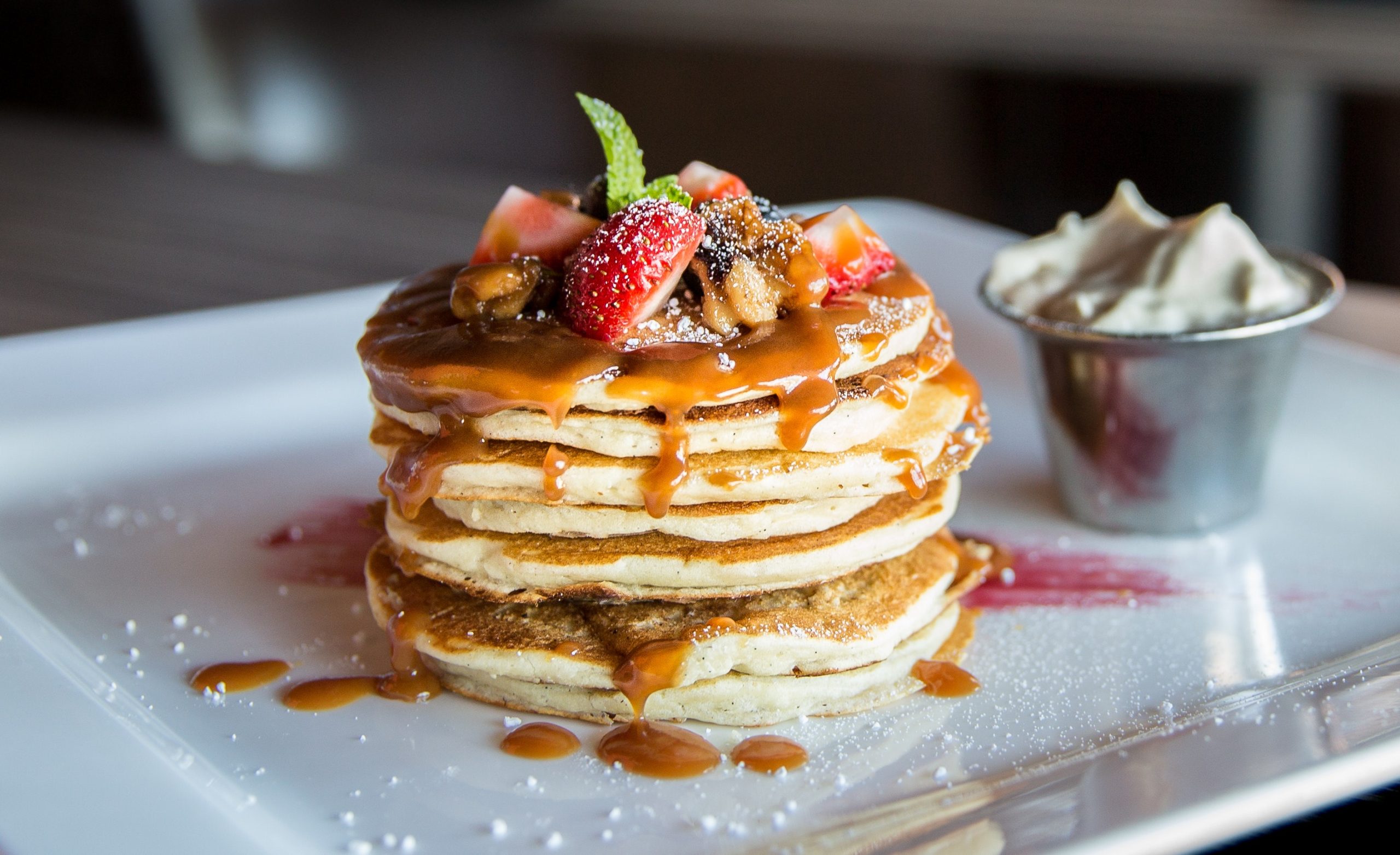 Basic Eggs
Basic Eggs
Poached, scrambled, baked or fried – eggs are a great source of protein.
Why not try:
• Omelet: Mix two to three eggs with a splash of milk, grated cheese, and salt and pepper. Fry on low heat in a buttered pan until the mixture starts to solidify. Add toppings of your choice (ham, sausage, chopped veggies, etc.), fold and plate. Serve with salad for a perfect balanced meal at any time of the day.
• Muffins: Mix eggs with salt and pepper, pour into a muffin tin, add your favorite toppings (peppers, ham, cheese, spinach, etc.), and bake in the oven for 20 minutes at 180 degrees Celsius for breakfast muffins on the go. Freeze or keep in the fridge for up to three days.
• Pancakes: Mash a banana and mix with two eggs, some baking powder and vanilla. Fry in a pan and serve with maple syrup and fresh fruit for a quick and delicious banana pancake breakfast!
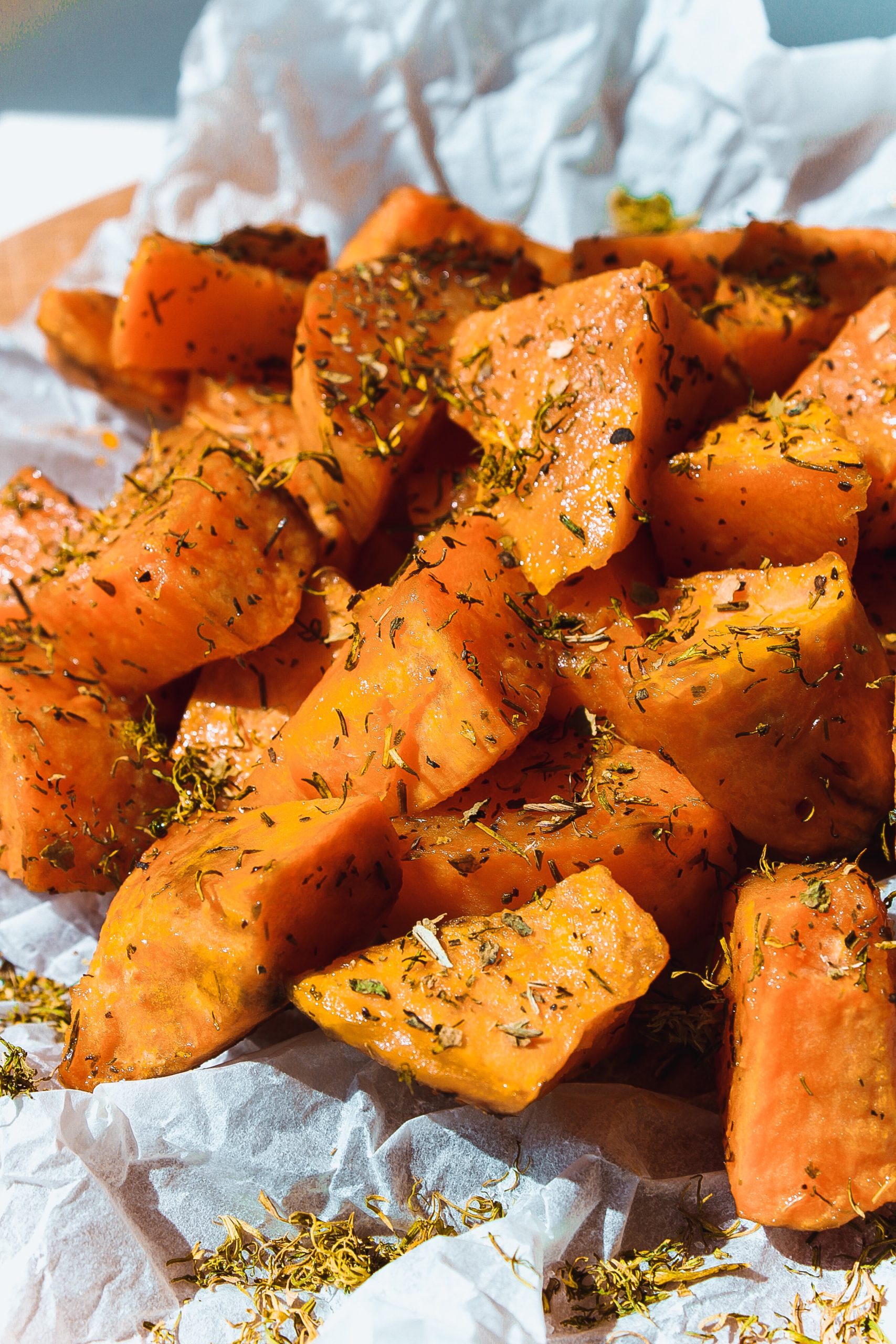 Sweet Potato
Sweet Potato
Highly nutritious, sweet potatoes are a great inexpensive and versatile source of fiber, vitamins, and minerals.
Why not try:
• Bake: Set oven to 200 degrees Celsius. Line a baking sheet with foil, prick the skin of the potato and bake until tender (roughly 45 minutes). For a speedier version, try it in the microwave (10-15 minutes). Top with your favorite baked potato topping.
• Try it for breakfast (yes, you read right!). Fruit (such as berries and banana slices), chia seeds, nut butter, hemp seeds, maple syrup or honey, and granola go great with sweet potatoes – a cheap, nutritious and filling start to the day!
• Cut the sweet potato into fries and mix with some olive oil, cayenne pepper, and salt and pepper. Bake in the oven at 200 degrees Celsius for 20 minutes.
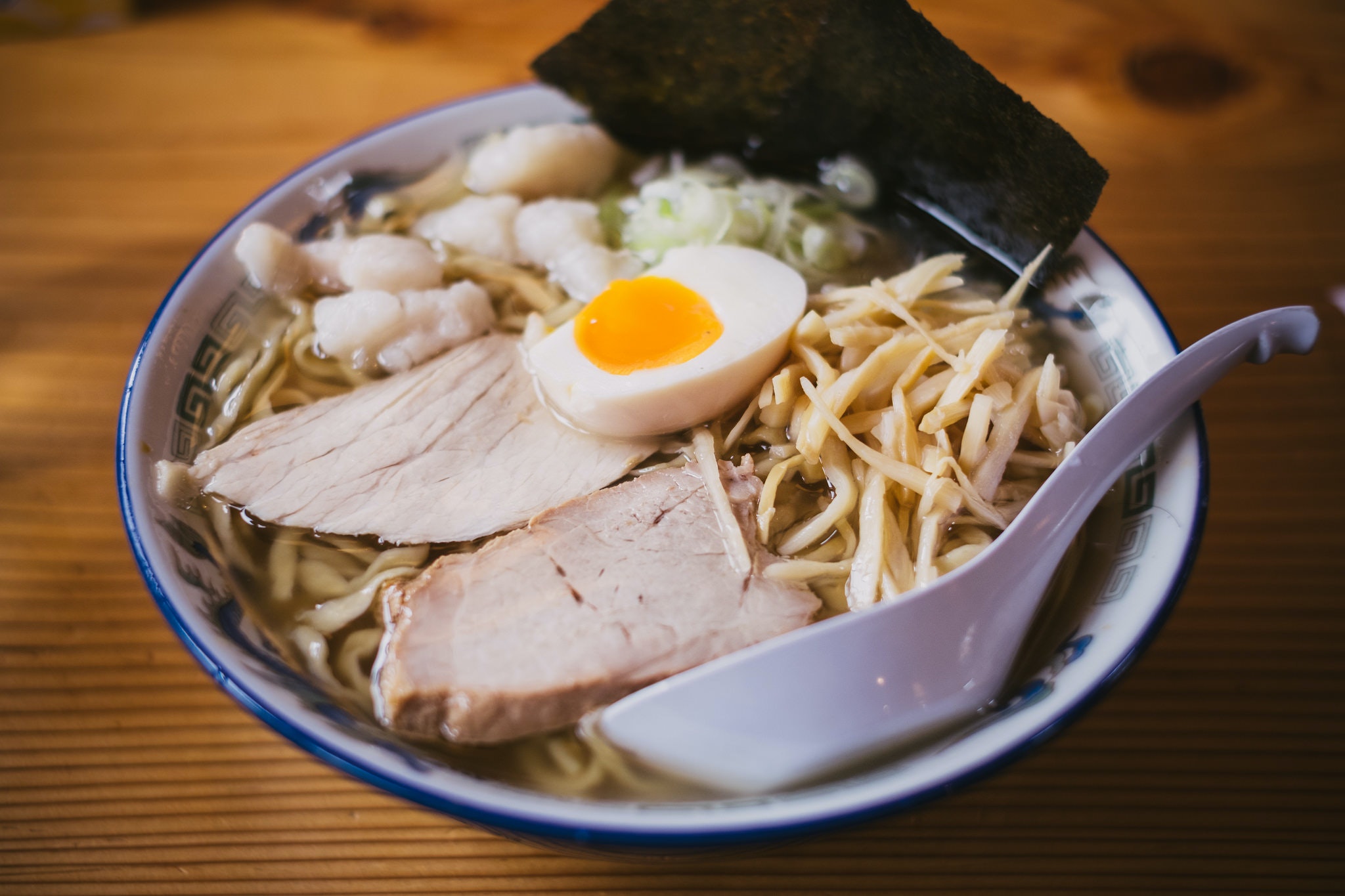 Miso Ramen – Pimped Up
Miso Ramen – Pimped Up
A cheap and quick base for lots of delicious recipes.
Why not try:
• For the broth, chuck away the seasoning packet! For a low-sodium option, make your own broth using vegetable scraps and spices such as ginger and star anise, and adding in a tablespoon of miso paste, a splash of soy to taste, half a chopped spring onion, and some wakame seaweed if you have it to hand.
• Once the ramen is cooked and drained, add a halved soft-boiled egg for extra protein or drop a raw egg into the broth while the noodles are cooking.
• Spice up your broth by adding tabasco, chili, soy sauce, or other flavorings.
• Throw in any leftover veggies, sliced chicken or salmon to keep from tossing them in the bin. Sustainable and filling – win, win!
• Fry some veggies in the broth seasoning – any combination will do (carrots, water chestnuts, mushrooms, bok choy, mini corn, sugar snap peas, etc.). Add noodles and stir fry – easy!
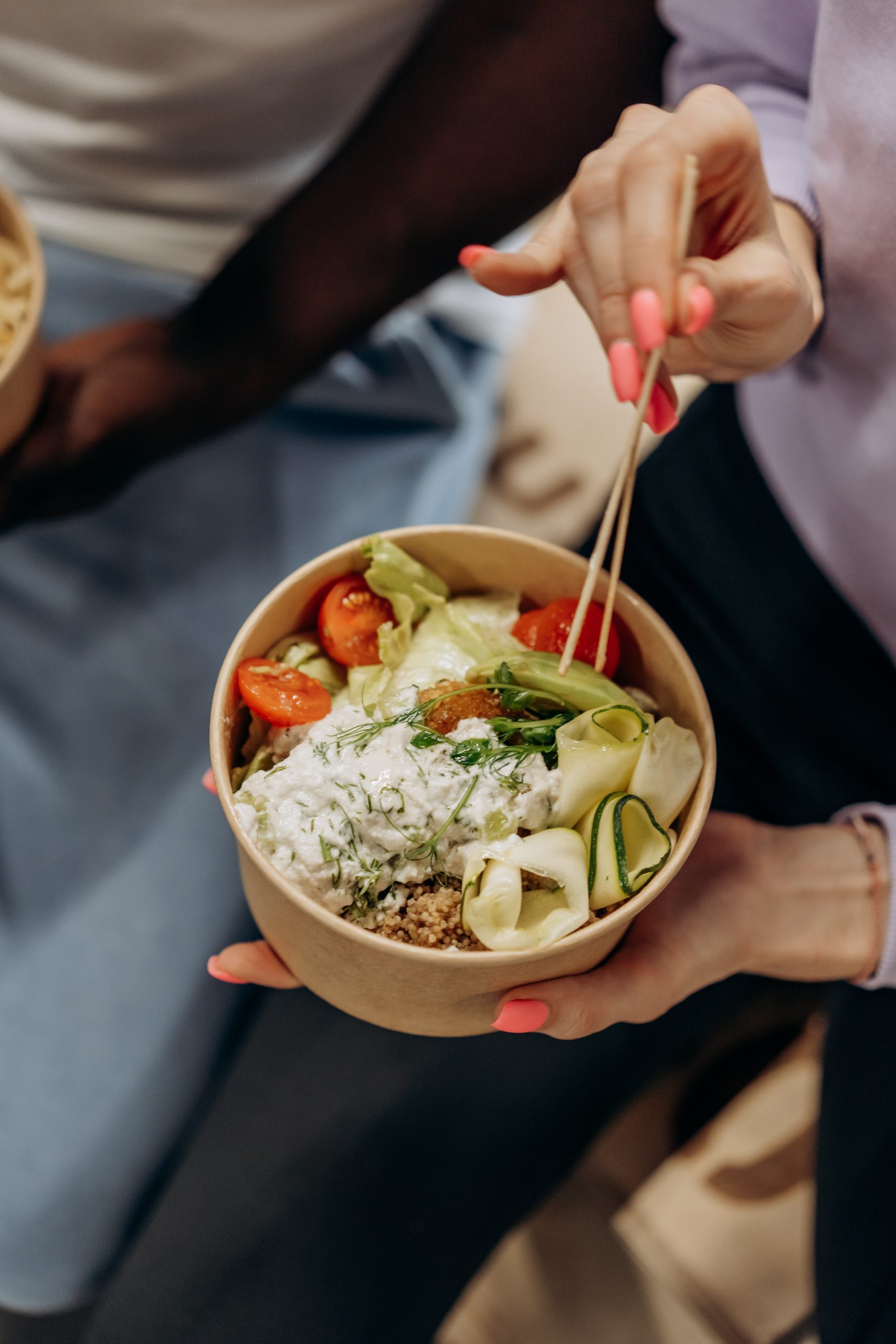 Mackerel and Rice Bowl Serves 2
Mackerel and Rice Bowl Serves 2
Ingredients:
• 1 can of mackerel in brine or oil
• 1 cup of cooked white or brown rice
• 1/2 avocado, sliced
• 1/2 cup of sliced cucumbers
• 1/4 cup of sliced radishes
• 1/4 cup of chopped fresh cilantro
• 1 tablespoon of soy sauce
• 1 tablespoon of honey
• 1 tablespoon of rice vinegar
• 1 teaspoon of grated ginger
• 1 clove of garlic, minced
• 1 tablespoon of toasted sesame seeds
• Salt and pepper, to taste
Instructions:
1. Cook the rice according to the package instructions and set aside.
2. In a small bowl, mix together the soy sauce, honey, rice vinegar, grated ginger, minced garlic, salt, and pepper.
3. Drain the mackerel and discard the brine or oil. Flake the fish with a fork and set aside.
4. In a large mixing bowl, combine the cooked rice, sliced avocado, cucumbers, radishes, and chopped cilantro.
5. Pour the soy sauce mixture over the rice and vegetables and toss until everything is coated.
6. Add the flaked mackerel to the bowl and gently toss to combine. Sprinkle with sesame seeds.
7. Serve the mackerel and rice bowl immediately or store in lunch box for an on-the-go meal.
 This article appeared in the jingkids 2023 Graduation Issue
This article appeared in the jingkids 2023 Graduation Issue

